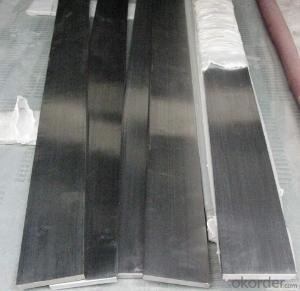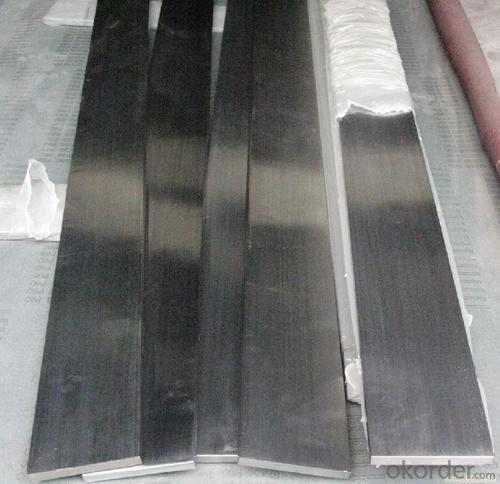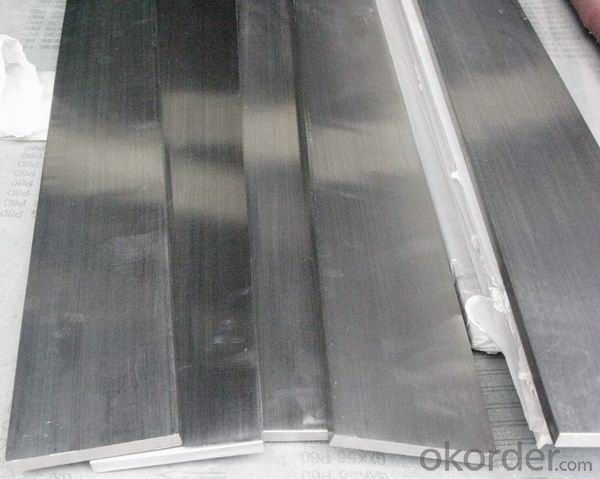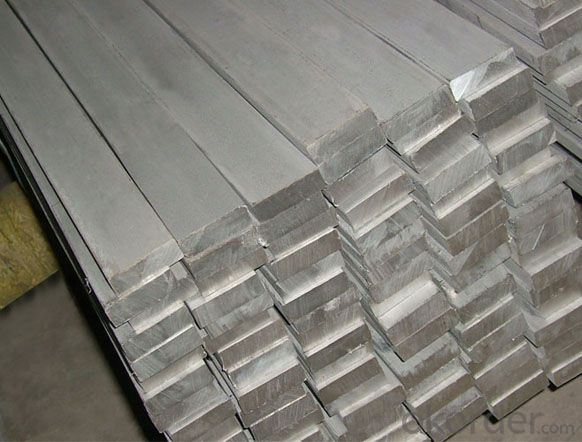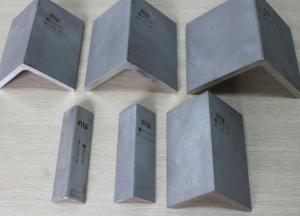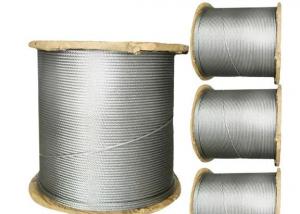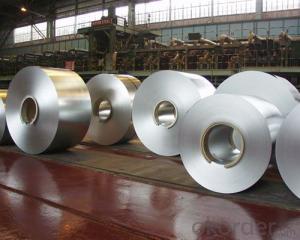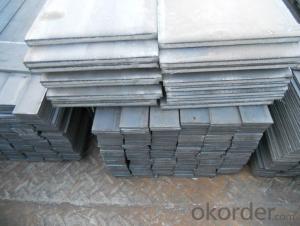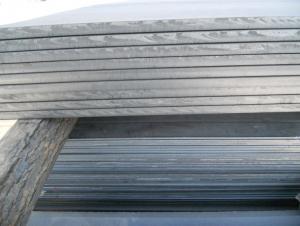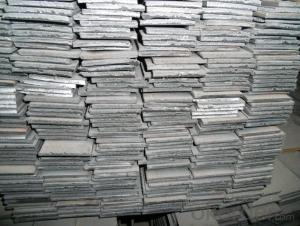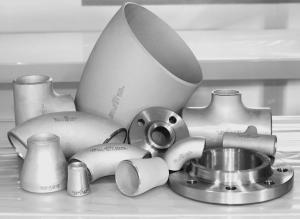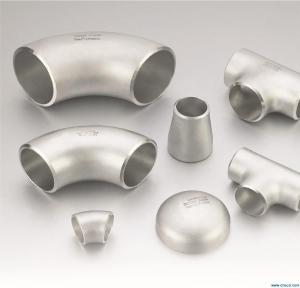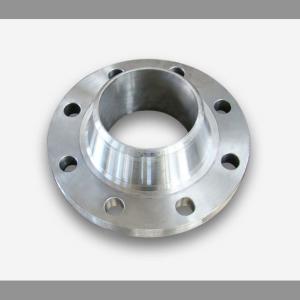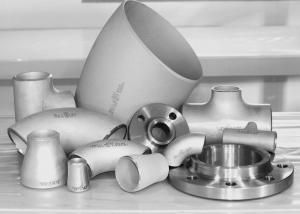Stainless steel channel; channel steel
- Loading Port:
- Guangzhou
- Payment Terms:
- TT OR LC
- Min Order Qty:
- 50 m.t.
- Supply Capability:
- 10000 m.t./month
OKorder Service Pledge
OKorder Financial Service
You Might Also Like
Stainless Steel Channels
Stainless Steel Channel, is ideal for all applications where greater strength and superior corrosion resistance is required. Stainless Channel has a durable dull, mill finish that is widely used for all types of fabrication projects that are exposed to the elements - chemical, acidic, fresh water, and salt water environments
The standard length for most size channel is 12’-14’ random lengths, but lengths are available in some sizes up to 20’ and longer. Finishes on channel can vary and include cold drawn, centerless ground, smooth turned, rough turned, turned ground and polished, and HRAP.
· We will custom saw cut to length
· DEFARS or domestic material available in many sizes
· Polishing services are available
Product Name | Stainless Steel Channel | |
Standard | JIS, ASTM, GB, DIN, EN, AISI | |
Grade | 301,302,303,304,304L,305,309S,310S,316,316L,317,317L,321,347 631... | |
Diameter | 75x30x6mm many other sizes can be done | |
Length | 1m~6m | |
Package Detail | Export standard package, bundled or be required. The inner size of container is below: 20ft GP: 5.9m(length) x 2.13m(width) x 2.18m(high) about 24-26CBM 40ft GP: 11.8m(length) x 2.13m(width) x 2.18m(high) about 54CBM 40ft HG: 11.8m(length) x 2.13m(width) x 2.72m(high) about 68CBM | |
Delivery Time | Normally according to the order quantity or upon negotiation | |
Payment Terms | L/C, T/T | |
Application | Food stuff, gas, metallurgy, biology, electron, chemical, petroleum, boilers, nuclear, energy, construction field, ships building industry, war and electricity industry, boiler heat exchanger, machiner and hardware fields and medical equipment, fertilizer, etc.
| |
Contact | Our products are very popular because of high-quality and reasonable prices. If you are interested in any of our products, please feel free to contact us for more information. | |
- Q: How do stainless steel flats resist fatigue and creep?
- The unique properties and composition of stainless steel flats enable them to withstand fatigue and creep effectively. Fatigue, which is the gradual weakening and failure of a material under repeated or cyclic loading, is resisted by stainless steel flats primarily due to their high strength and toughness. The presence of alloying elements like chromium, nickel, and molybdenum enhances the material's strength and resistance to deformation, allowing it to withstand cyclic loading without significant structural damage or failure. Moreover, stainless steel flats possess a self-healing property known as passivation. This occurs when a thin, transparent oxide layer forms on the steel's surface, protecting it from corrosion and reducing the risk of fatigue. The passive layer acts as a barrier, preventing the penetration of harmful substances like oxygen and moisture, which can lead to corrosion-induced fatigue. In terms of creep resistance, stainless steel flats perform exceptionally well, especially at high temperatures. The presence of alloying elements like chromium and nickel provides stability to the material's microstructure, preventing the formation of grain boundaries and minimizing grain growth. This results in improved resistance to deformation and creep under prolonged exposure to high temperatures and stress. Furthermore, stainless steel flats often undergo heat treatment processes like annealing or solution treatment, which refine the grain structure and further enhance their creep resistance. These processes eliminate any residual stresses and improve the overall strength and durability of the flats, making them suitable for applications requiring resistance to creep. To summarize, stainless steel flats exhibit resistance to fatigue and creep due to their high strength, toughness, and the formation of a protective oxide layer. The presence of alloying elements and heat treatment processes contribute to the material's excellent resistance to deformation, cyclic loading, and creep, making it a preferred choice in industries such as aerospace, automotive, and construction.
- Q: What are the materials of stainless steel flat steel?
- Stainless steel flat can cover all stainless steel models. That is to say, any material of stainless steel can be processed into flat steel form delivery.
- Q: What are the surface finishes available for stainless steel flats?
- Some common surface finishes available for stainless steel flats include a matte or brushed finish, a mirror or reflective finish, a bead blasted finish, and a satin or brushed finish. Additionally, there are specialty finishes such as a patterned or textured finish, a colored finish, and a coated or painted finish. The choice of surface finish depends on the desired aesthetics, functionality, and application of the stainless steel flats.
- Q: Are stainless steel flats resistant to hydrogen sulfide?
- Yes, stainless steel flats are generally resistant to hydrogen sulfide.
- Q: Are stainless steel flats suitable for automotive trim?
- Yes, stainless steel flats are suitable for automotive trim. Stainless steel is widely used in the automotive industry for its durability, corrosion resistance, and aesthetic appeal. The trim on a vehicle is an important component that enhances its overall appearance. Stainless steel flats can be shaped and formed to create sleek and stylish trim pieces that are resistant to rust and other environmental factors. Additionally, stainless steel is easy to clean and maintain, making it a popular choice for automotive trim. Whether it's door handles, window frames, or bumper accents, stainless steel flats are a suitable and reliable option for automotive trim.
- Q: Can stainless steel flats be used in chemical transportation?
- Yes, stainless steel flats can be used in chemical transportation. Stainless steel is highly resistant to corrosion and can withstand exposure to various chemicals, making it a suitable material for transporting chemicals safely and efficiently.
- Q: What are the different types of stainless steel flats used in the chemical industry?
- The different types of stainless steel flats commonly used in the chemical industry include austenitic stainless steel flats (such as grades 304 and 316), ferritic stainless steel flats (such as grade 430), and duplex stainless steel flats (such as grade 2205). Each type has its own unique properties and advantages, making them suitable for various applications in the chemical industry.
- Q: Are stainless steel flats suitable for the production of brewery tanks?
- Yes, stainless steel flats are suitable for the production of brewery tanks. Stainless steel is a corrosion-resistant and durable material that is widely used in the brewing industry due to its ability to withstand the harsh conditions of brewing processes. It offers excellent hygiene, easy maintenance, and can withstand high temperatures and pressures. Stainless steel flats can be easily formed and welded into the desired shapes for brewery tanks, ensuring their reliability and longevity.
- Q: What are the different surface treatments available for stainless steel flats?
- Some of the different surface treatments available for stainless steel flats include brushing, polishing, grinding, and acid etching. These treatments can enhance the appearance of the stainless steel surface, improve corrosion resistance, and provide a smoother or textured finish depending on the desired outcome.
- Q: Can stainless steel flats be galvanized?
- Yes, stainless steel flats can be galvanized. Galvanizing is the process of applying a protective zinc coating to steel or iron to prevent rusting. While stainless steel is already resistant to corrosion, it is possible to galvanize it for additional protection. However, it is important to note that galvanizing stainless steel flats is less common compared to galvanizing carbon steel or iron due to the already inherent corrosion resistance of stainless steel. Additionally, the galvanizing process may alter the appearance and properties of the stainless steel, so it is essential to consider the specific requirements and desired outcome before galvanizing stainless steel flats.
Send your message to us
Stainless steel channel; channel steel
- Loading Port:
- Guangzhou
- Payment Terms:
- TT OR LC
- Min Order Qty:
- 50 m.t.
- Supply Capability:
- 10000 m.t./month
OKorder Service Pledge
OKorder Financial Service
Similar products
Hot products
Hot Searches
Related keywords
